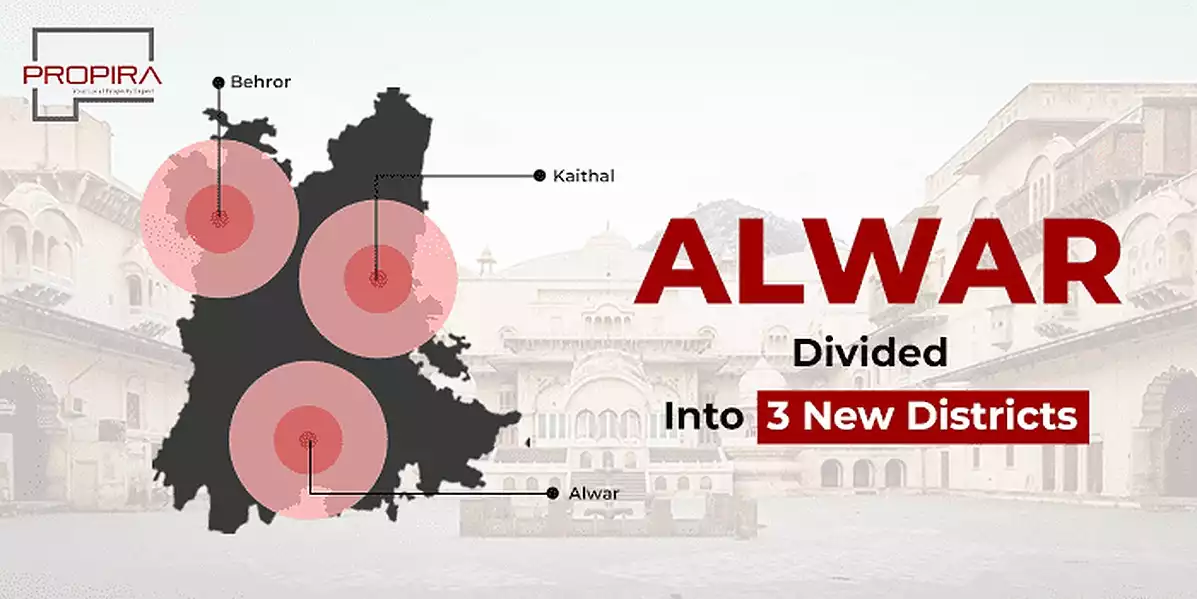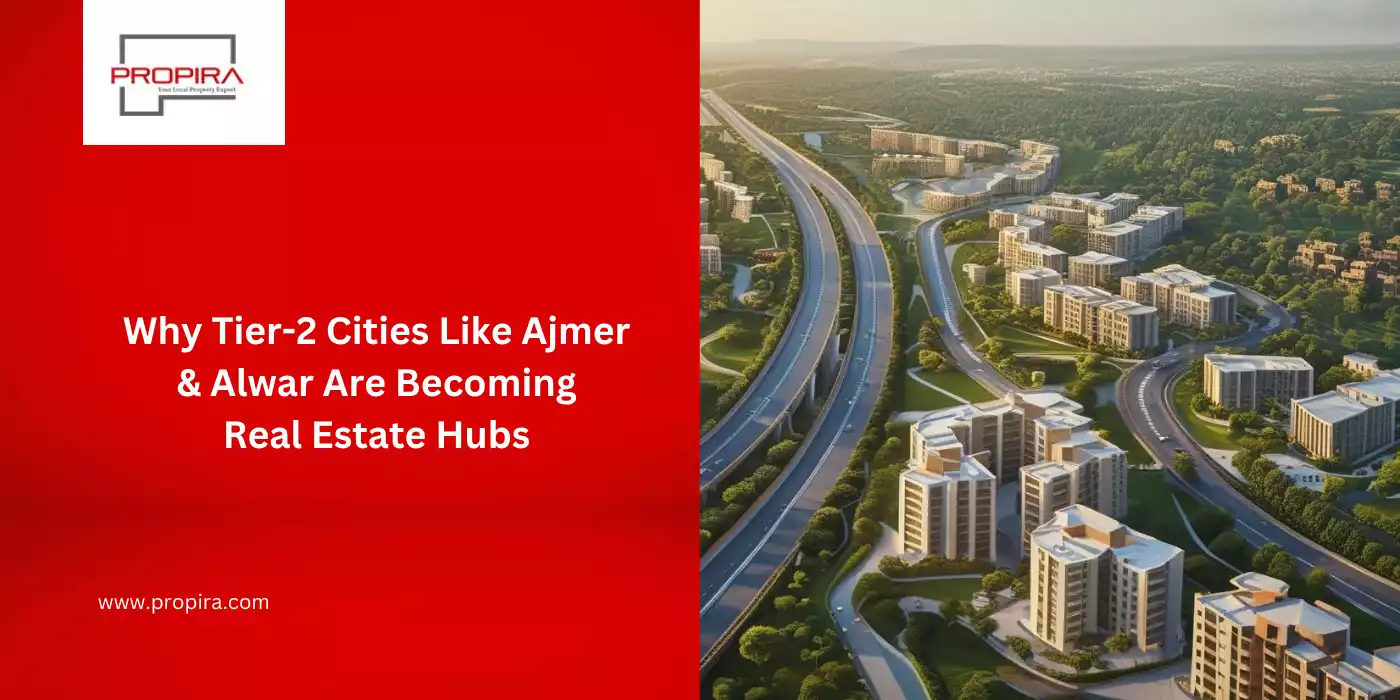
Alwar To Be Divided into 3 New Districts
Alwar To Be Divided into 3 New Districts


The city of Alwar serves as the administrative centre of the Alwar district, which is located in the northern Indian state of Rajasthan. The region has a total area of 8,380 sq.km. It is bounded by the district of Rewari in Haryana to the north, the district of Bharatpur in Rajasthan to the east, the district of Nuh in Haryana to the south, the district of Dausa in Rajasthan to the south, and the district of Jaipur in Rajasthan to the west.
At the session on Tuesday concerning the budget, Chief Minister Ashok Gehlot reaffirmed that Alwar would be divided into three separate districts. According to a statement, the region of Rajasthan, known as the Alwar district, has been subdivided into the new districts of Alwar and Bhiwadi.
This change is being made with the intention of fostering better administration and ensuring that resources are distributed fairly across the state. The state government of Rajasthan is expanding administrative structures in the form of additional districts and divisions with the aim of enhancing governance and bringing development to all parts of the state.
Lists of New Districts of Rajasthan
|
Anupgarh |
Balotara |
Beawar |
Deeg |
|
Deedwana-Kuchaman |
Dudu |
Gangapur City |
Jaipur North |
|
Jaipur South |
Jodhpur East |
Jodhpur West |
Kekri |
|
Kotputli-Behror |
Khairthal |
Neem ka Thana |
Phalodi |
|
Salumber |
Sanchore |
Shahpura |
|
“Rajasthan Now Divided into 52 New Districts”
Click Here to View New District Vise Map of Rajasthan
Controlling law and order may be made much simpler by creating smaller districts, which also improves the efficiency of administration and management. Several states have formed new communities. So, there was a need within the state for these new districts to be created.
The government has made it a priority to provide an administration that is efficient, open, and considerate. Working with complete sensitivity at the district level is required to guarantee that the state's various public welfare programmes reach every hamlet and village. The state government has implemented a variety of general welfare programmes.
The formation of new districts is often motivated by the desire to improve governance efficiency. Nonetheless, it is sometimes driven by local desires.
● While creating new districts, one of the primary benefits that state governments highlight is the improvement in administration and governance.
● Better governance might be ensured by the more manageable size of the district. The new sections can house a variety of administrative machinery within the community. Because of this, government programmes would be more effectively carried out, funds will be allocated appropriately, and more individuals will be included in various programmes. The new district would benefit from improved governance due to all of this.
● Bringing administration closer to the people is essential since larger districts make it more challenging to administer certain areas within those districts. The administration may become more accessible to the public if a new neighbourhood is created.
● Initiatives of the government might be exclusive to certain districts. New districts may attract more industries of this kind. For instance, the government might establish a residential school for exceptionally talented youngsters or a centre for agricultural research and support.
● Employment opportunities might improve as a direct result of the creation of the new district; this is because the government would need to hire new officials at all levels. Also, it would indirectly create more prospects for employment. For instance, the government may issue a tender and provide employment opportunities for locals; also, new businesses and services may open up close to government facilities.
Also Read Union Budget 2023-24: 8 Key takeaways for Real Estate Marke
Disadvantages of this decision
● Creating a single district in itself is difficult because the government needs to locate office space for many departments and fill many newly created positions. All of this would demand a significant increase in the government's budget. In addition to this, the government might confront difficulties while acquiring land.
● As a substitute for true decentralization, many states' Zilla parishad and the Panchayat samiti have few authorities. As a result, most of these authorities bring their complaints to the collector. Establishing smaller districts without additionally delegating authority to the resulting bodies might go against the spirit of decentralization.
● The growth centres that will be created in the new district headquarters may also cause an increase in land rates and other service costs. This would result in an increased cost of living in the new districts. In the long run, this would increase the cost of residing in the new district headquarters.
● Motives related to politics are the driving force behind many states' efforts to reorganise their existing districts and create new ones. For instance, new communities with a support base for the ruling party that has the potential to grow will be favourable for that party.
● If the district is too tiny, the administration and the associated equipment will not be fully utilized. In addition, forming more numerous and smaller communities would make it more difficult for states to govern their districts.
Conclusion
After the national government and individual states, India's governance structure is divided into districts at the third and lowest level. When it comes to the delivery of services, less extensive communities tend to perform better.
Nonetheless, constructing additional sections as a solution to problems with administration and governance will always have its limits. So, the state governments should focus on ensuring they have sufficient authority to address the difficulties associated with administration and management. Because of this, there is no need for more resources to be allocated towards creating infrastructure, and administration may be brought right to the doorstep.










Write Comment